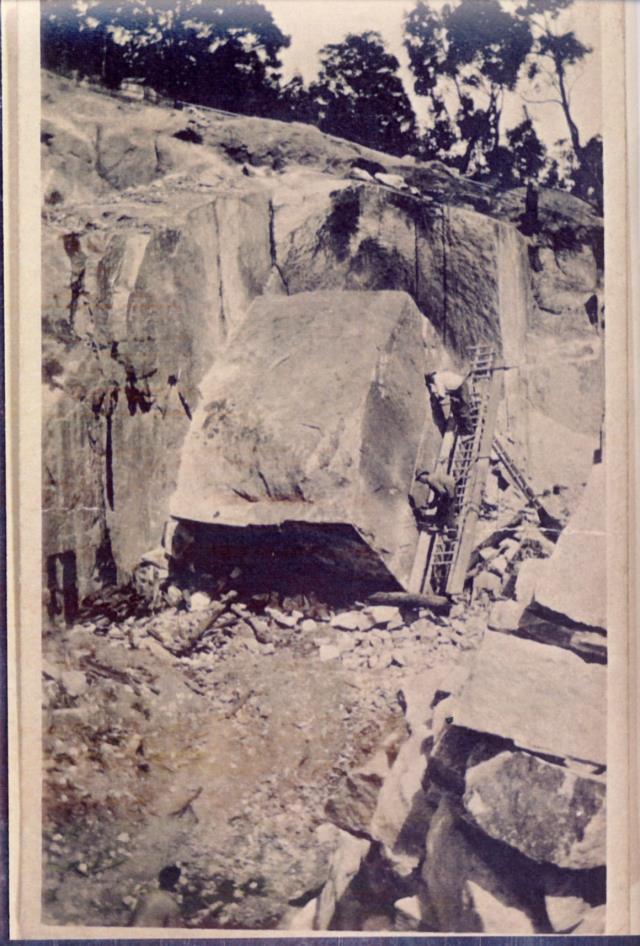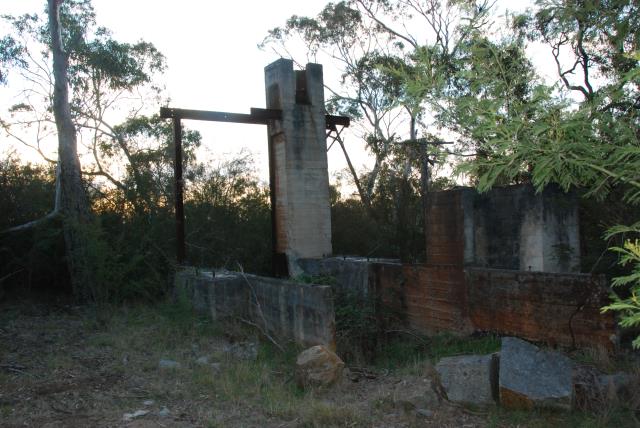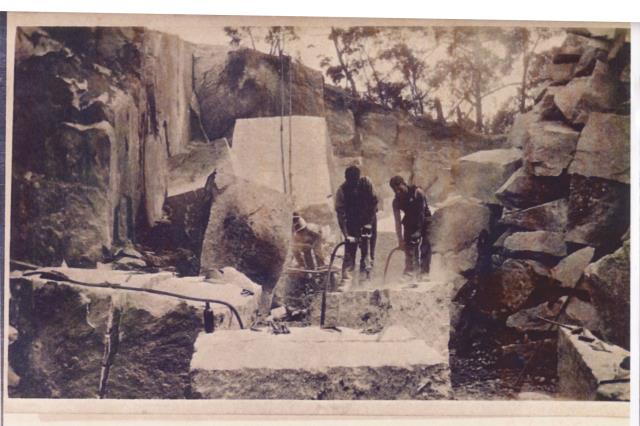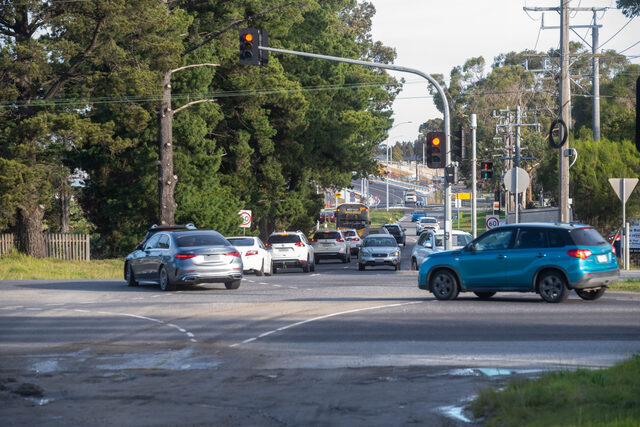Melbourne’s iconic Shrine of Remembrance, which celebrated its 90th anniversary on Monday, has an indelible link to the local area.
The old Tynong quarry site, known as Granite Hill, was established specifically for the purpose of providing stone for its construction.
World War I rocked Australia, and established the nation in many ways. With a total of more than 60,000 killed and 155,000 injured, the fledgling nation searched for a way to remember the fallen.
The concept of a shrine was suggested by the newly-formed War Memorials Advisory Committee, of which Sir John Monash was a key member after his involvement as commander of the Australian forces in the war.
A competition was held in 1923, inviting the people of Victoria to submit designs for a Great War Memorial. The winning design, the shrine that stands today, was submitted by architects and returned servicemen Philip B. Hudson and James H. Wardrop.
The plan received widespread criticism for its linear exterior design and perceived lack of elegance. This was a structure that was designed to remember Australia’s war heroes for centuries to come.
With the future in mind, tenders opened to stonework businesses vying for the contract to erect the shrine. The contract was one by Vaughan and Lodge, four brothers from the town of Hamilton in Western Victoria. The foundation stone of the shrine was laid in 1927 by the Governor of Victoria, Lord Somers, before work officially began in 1928.
A plaque outside the Tynong Public Hall reads: “Local amateur geologist, Mrs Mary Ann Ryan, suggested to the National War Memorial Committee that granite from the original Tynong quarry be used in the construction of the Shrine of Remembrance in Melbourne”.
After taking samples of the rock into Melbourne for inspection, the rock was selected and mining began in 1928.
Vaughan and Lodge believed in providing jobs for returned soldiers, and hundreds of them lined up for work at Granite Hill. Machinery was imported from America specifically for the project, including a saw used to cut the granite into smooth blocks. Water was regularly used to cool the saw, and it was hard work.
The rigid structure of Tynong granite made it ideal for use at the shrine but difficult to extract with the equipment of the day. Holes six to eight inches deep would be hand-drilled into the rock and loaded with explosive, before workers vacated the area and the explosive detonated. The granite was collected and sent to Melbourne to be fashioned into the shape it takes today.
The process continued for six years, and so many men worked at the quarry that a boarding house was established in the tiny town. The quarry put Tynong on the map, and electricity from the state power line was connected to the quarry in 1929, benefitting the entire community.
While initially controversial, the people of Melbourne grew to appreciate the new structure and it was officially opened by the Duke of Gloucester on 11 November 1934, at a ceremony attended by about 300,000 people.
Opened solely for the purpose of the shrine, the quarry closed for a period following its completion.









